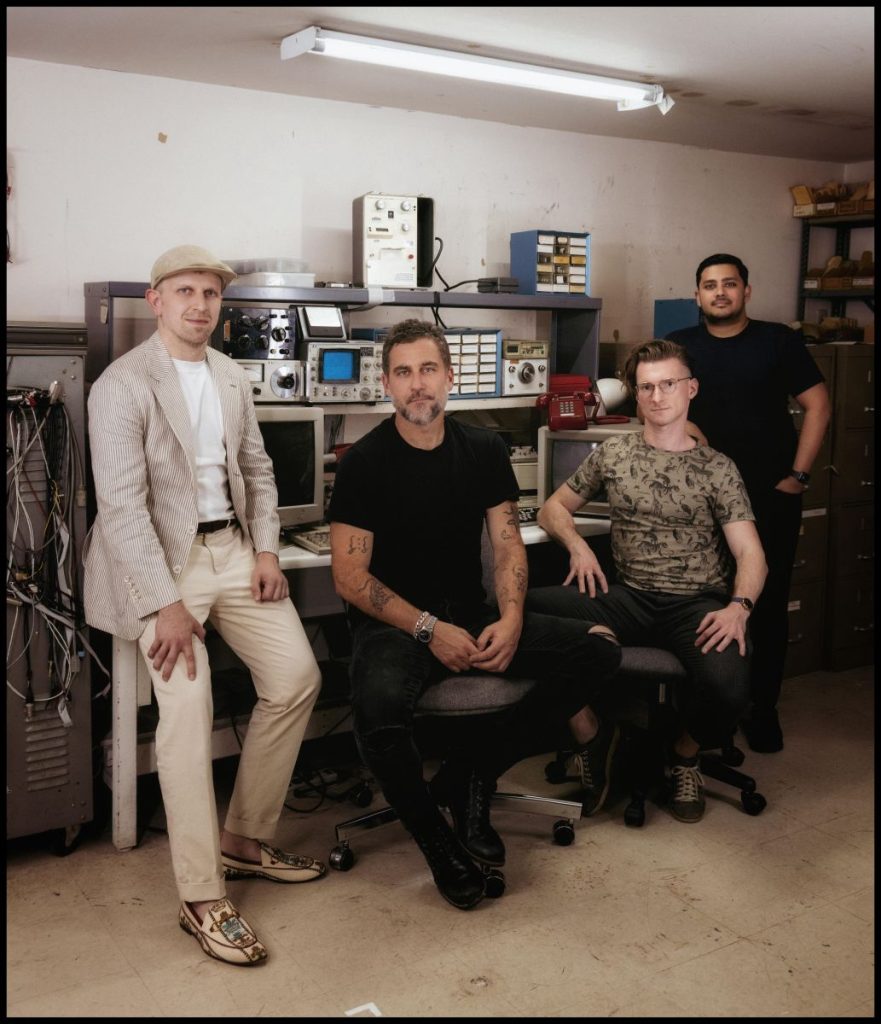About a month later Moonvalley, a startup based in Los Angeles that develops artificial intelligence tools for creating video, said he had obtained $ 43 million in new funding, the company has collected more, according to a deposit at the century.
The deposit, presented on Thursday, reveals that Moonvalley has actually landed (so far) about $ 53 million in total by a group of 14 nameless investors.
The deposit indicates that it is further $ 10 million in cash, rather than a completely new round. It brings the total of the company collected to around $ 124 million, estimates the pitchbook, following a 70 million dollar seed round of Moonvalley last November. Moonvalley refused to comment.
The wide availability of tools to create video generators has led to this explosion of suppliers that space is becoming saturated. Startups such as Runway, Lighthrks, Genmo, Pika, Higgsfield, Kling and Luma, as well as technological giants such as Openii, Alibaba and Google, are releasing models with a fast clip. In many cases, not very distinguishing one model from another.
The Marey model of Moonvalley, incorporated in collaboration with a new animation studio to the called Asteria, offers personalization options as a fine -grained camera and movement controls and can generate “HD” clips up to 30 seconds. Moonvalley says it is also a lower risk than some other models of generation of videos from a legal perspective.
But where Moonvalley is trying to differentiate – from which the high VC interest – is on the data it is using to train its models, as well as the guarantees in its video creation tools.
Many generative video startups train on public data, some of which are invariably protected by copyright. These companies argue that fair doctrine protects the practice, but this has not prevented the owners of the rights from staying the complaints and the presentation of cessation and desists.
Moonvalley says he is working with partners to manage licenses and pack videos in the data sets that the company acquires. The approach is similar to Bria and Adobe, the latter of which procures the contents for training by the creators through his adoBe owner’s stock platform.
Moonvalley is also making an interface for his model. The company’s software, which has not yet previewed publicly, has a storyboarding and regulation tools of the “granular” clip, MoonValley co-founders have revealed in the recent interviews. Marey can generate videos not only from text instructions but splashes, photos and other clip videos, says Moonvalley.
Naeem Tilukdar, who previously guided the growth of the product in Zapier, founded Moonvalley with the former Deepmind Mateusz Malinowski scientists and Mik Binkowski. John Thomas joined the Coo of Moonvalley – He and Tilukdar had founded another startup, the draft, several years ago. Moonvalley also counts the head of Asteria Bryn Mooser as a co-founder.
Many artists and creators are understandably wary of video generators, while they threaten to overturn the film and television industry. A 2024 study commissioned by the animation Guild, a union that represents Hollywood’s animators and cartoonists, estimates that over 100,000 films of films, television and animation based in the United States will be interrupted by the AI by 2026.
Moonvalley intends to allow creators to request that their content be removed from its models, allow customers to eliminate their data at any time and to offer an compensation policy to protect their users from copyright challenges.
Unlike some “unspecified” video models that promptly insert the similarity of a person in the clips, Moonvalley is also committed to building guardrail around his tools. Like the Sora di Openai, the Moonvalley models will block certain content, such as NSFW phrases, and will not allow users to push them to generate videos of specific people or celebrities.
“We founded Moonvalley to create a generative video technology that works for filmmakers and creative professionals,” Moonvalley wrote in a blog post in March. “This means facing fear and distrust, as well as solving technical problems that prevent generative and a realistic tool for professional production.”



